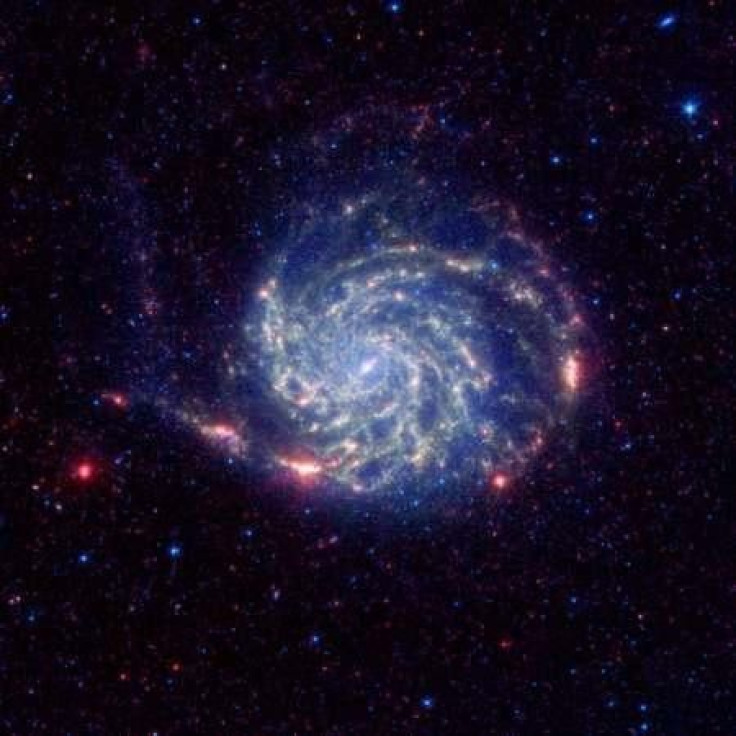Supermassive Black Hole In A Supercompact Galaxy Discovered

A research by the University of Utah found a supercompact, dwarf galaxy home to a supermassive black hole. The scientists believe that supermassive black holes may be more common than we thought after they found a black hole in the dwarf galaxy, M60-UCD1, which is now the smallest known galaxy to contain a black hole.
The supermassive black hole was observed while studying images taken by NASA's Hubble Space Telescope and the Gemini North Telescope, reported Forbes. The observation led the scientists to get more information about it.
A supermassive black hole is known to be the largest type of black hole that exists. It has been inferred that all galaxies have a supermassive black hole in the centre of their galaxy.
According to the Daily Digest News, the dwarf galaxy wasn't this small before but had become smaller as a result of collisions with other galaxies. The lead author of the study and an assistant professor of physics and astronomy at the University of Utah, Anil Seth, said that they didn't know of any way that an object this small could have a black hole so big.
Seth continued that there were a lot of similar galaxies to that of M60-UCD1, and they might also contain many supermassive black holes, because normal galaxies have black holes right at the centre. For a black hole to qualify as "supermassive," it is necessary that the hole should have the mass of around one million times of the Sun.
The black hole at the centre of M60-UCD1 has the mass of twenty-one million suns while the one at the centre of the Milky Way has the mass of only four million suns. The supermassive blackhole accounts for 15 percent of the mass of the galaxy while the one at the Milky Way accounts for just 0.01 percent of the mass of our galaxy.
Anil went on to explain that they believe the galaxy was originally a very big one with about ten billion stars, but as it had gone too close to the larger galaxy, M60, the stars got town away and became a part of the larger galaxy. He added that this could have been about ten billion years ago.
Since the meteor has been shrinking, it is feared that the M60, with a mass of four and a half billion suns, will absorb M60-UCD1 into its black hole. This will result in the supercompact galaxy's black hole to look like a giant at the centre of the larger galaxy, M60.






